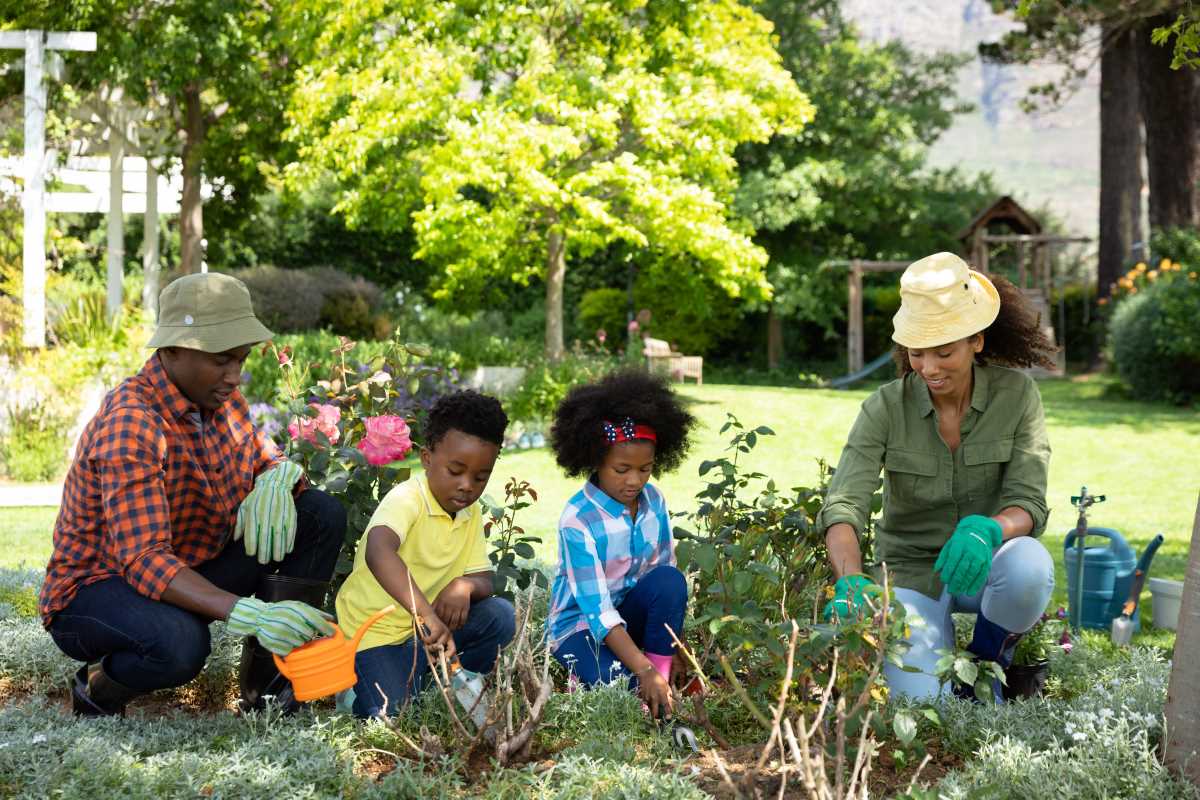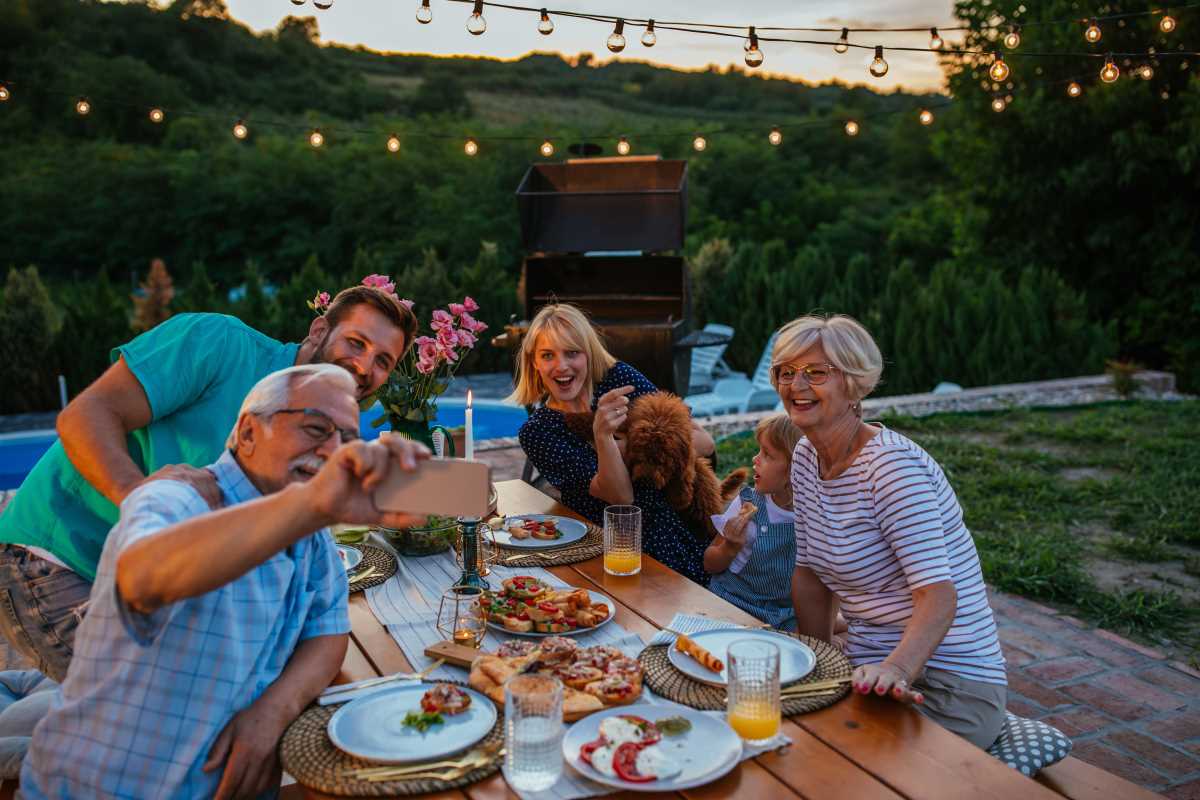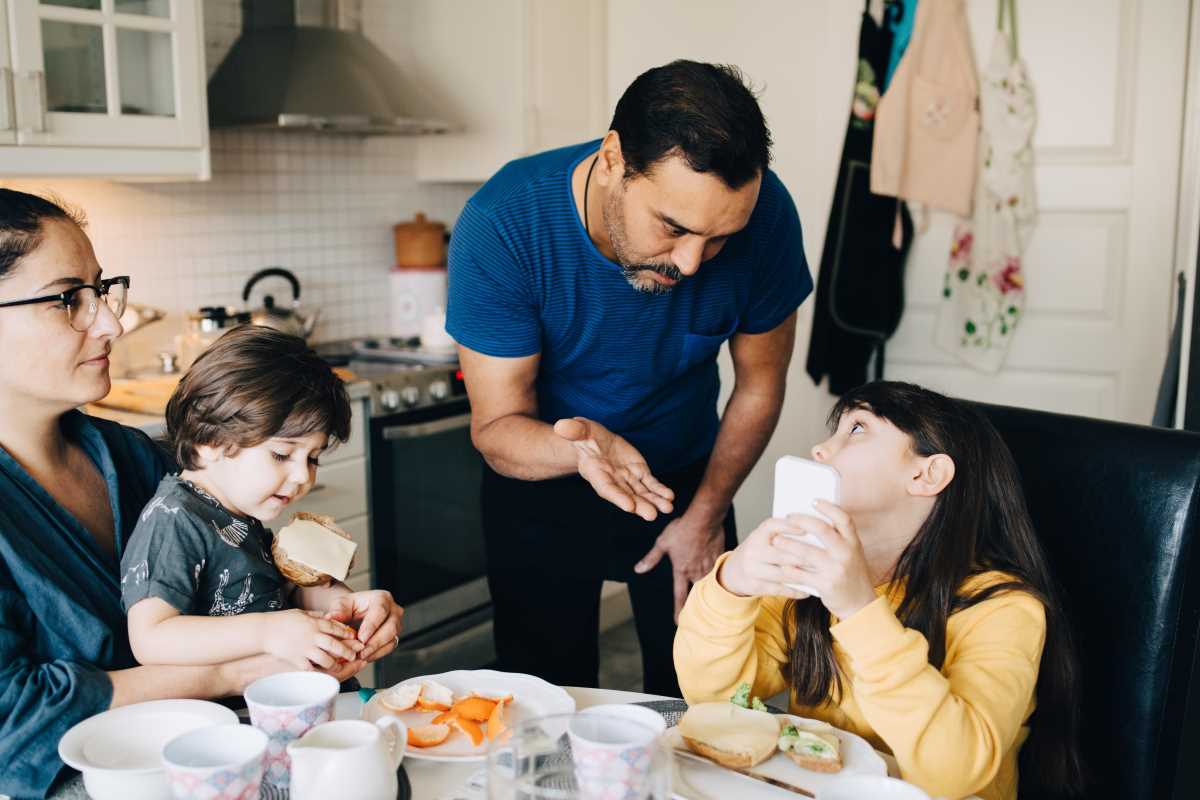Families can turn a regular weekend into a memorable experience by coming together for a shared project. When parents and children work side by side, they set aside digital distractions, start engaging conversations, and learn more about each other's interests and abilities. Siblings might divide responsibilities, treating the activity like a new adventure, while teenagers may step up to organize efforts for a meaningful purpose. These interactions encourage everyone to look at familiar faces in a new light and create memories that last. Working together in this way often leads to discoveries and lessons that remain long after everyone has finished the task.
By teaming up on a hands-on project, families often uncover surprising skills. A child who’s usually shy might shine while teaching a neighbor to sort recyclables. A teenager can practice problem-solving by coordinating supplies for a local fundraiser. These experiences don’t just fill weekends—they ignite a collective spirit that carries forward into everyday life.
Encouraging Connections Beyond the Household
Volunteering as a crew moves families beyond simple goodwill and into lively, shared creativity. When you work side by side planting gardens or sorting donations, you unlock new ways to communicate. Laughter often follows small mishaps, such as misplacing shovels or guessing which veggies to plant first, and those spur-of-the-moment jokes turn into private family lore.
Instead of relying on the usual “benefits of giving back” spiel, recognize how teamwork on a local project can serve as a creative playground. Children develop flexible thinking by adapting to on-the-spot changes, and adults rediscover a sense of wonder through youthful perspectives. These joint missions weave a living tapestry of stories that carry homegrown empathy, making each volunteer session a source of unrivaled inspiration.
Favorite Options for Hands-On Family Giving
- Habitat for Humanity (Home construction projects in neighborhoods)
- Activity: families frame walls, paint rooms, and transform vacant lots into homes.
- Time: 4–6 hours per volunteer day.
- Cost: free; guided by experienced coordinators.
- Insider tip: bring labeled snack boxes for quick energy boosts and motivated young builders.
- CityPark Tree Planting Day (Urban green spaces)
- Activity: plant saplings in local parks, combining family time with environmental care.
- Time: ~3 hours, weekend mornings.
- Cost: free; requires only sturdy shoes.
- Insider tip: mark trees with paint tags stamped with your family name to revisit milestones.
- Neighborhood Food Bank Team (Warehouse or distribution centers)
- Activity: sort and pack donated groceries for families in need.
- Time: 2–4 hours per shift.
- Cost: free; kids 8+ can join under supervision.
- Insider tip: make it fun with a mini race—see who can pack 10 boxes first, then switch roles.
- Beach Cleanup Collective (Coastal or lakeside areas)
- Activity: pick up litter and recyclables along shorelines.
- Time: 2–5 hours per event.
- Cost: free; gloves and bags provided.
- Insider tip: give each family member a themed bucket—turn it into a challenge to spot unusual finds.
- Animal Shelter Puppy Patrol (Local shelters and rescue centers)
- Activity: socialize puppies, clean kennels, and create enrichment toys.
- Time: 1–3 hours per session.
- Cost: free; volunteers usually welcome from age 10+.
- Insider tip: bring fabric scraps and ribbon to make DIY tug toys pups will enjoy on return visits.
Organizing Schedules and Roles
Coordinating multiple calendars can feel like juggling pins, but simple systems turn chaos into clarity. Try laying out a single family calendar in an obvious spot, labeling each person’s responsibilities in different colors. That way, everyone knows who drives, packs lunches, or grabs extra water bottles before leaving.
- Assign Clear Tasks: Break down each volunteer activity into small roles like “snacks coordinator” or “photo documentarian.” When everyone owns a piece of the puzzle, participation increases, and nobody drifts into a passive observer role.
- Rotate Leadership: Let each family member choose one event per month to lead. That rotating spotlight builds pride and reveals hidden talents—from organizing toy drives to capturing video highlights for a shared scrapbook.
- Set Mini Rewards: Create small celebrations when you finish a project—maybe homemade smoothies or a pop-up living room dance party. These little milestones turn volunteering into a recurring family highlight.
Incorporate service events into your regular routine to reduce stress. After a few successful experiences, families often find creative ways to blend small acts of kindness into daily life—like delivering freshly baked muffins to a senior center on an impromptu Tuesday afternoon.
Keeping Inspiration Alive Long After the Project
Post-volunteer reflections help seal the lessons learned. Gather everyone around a bulletin board and pin photos, event flyers, or little mementos like a painted rock. Encourage each family member to write one word that captures how they felt: “proud,” “connected,” or “surprised.”
Every few months, revisit those words during a family dinner. You’ll be amazed at how earlier moments resurface as conversation starters, sparking plans for the next adventure. Over time, those shared experiences become storytelling anchors that reinforce empathy, creativity, and the joy of doing something meaningful together.
Pick projects that fit your family’s interests to create lasting memories and stronger bonds. Every volunteer day adds to your shared story of teamwork and curiosity.







